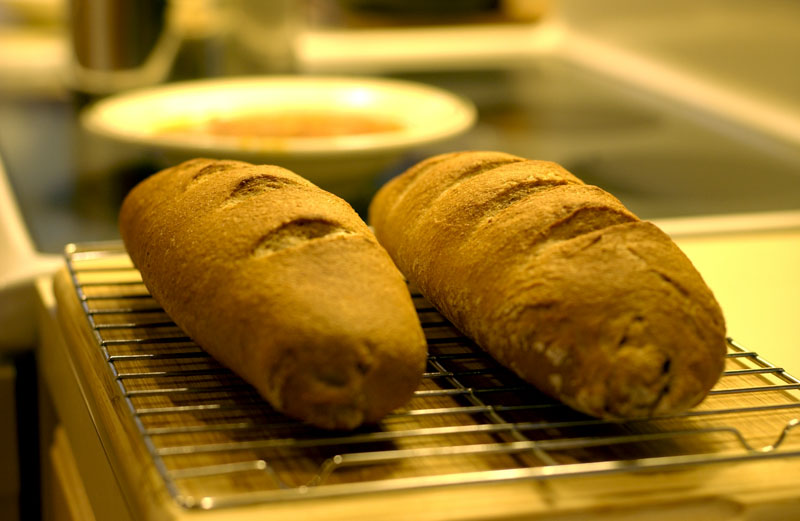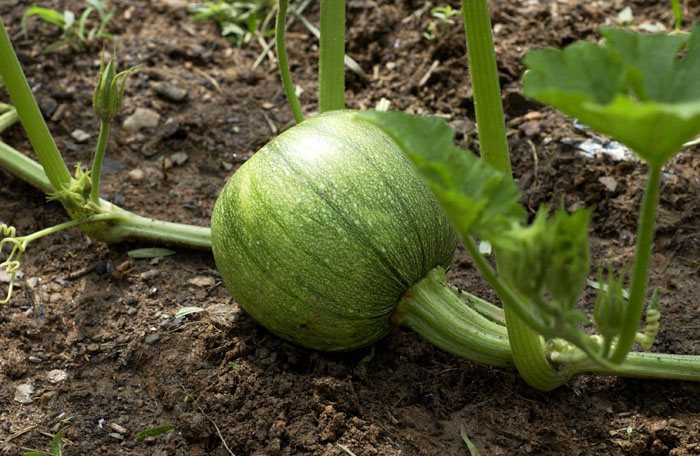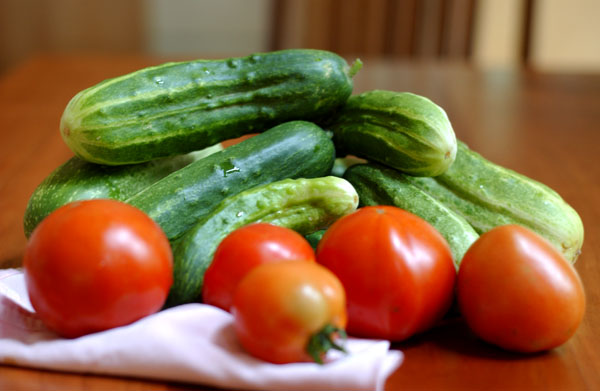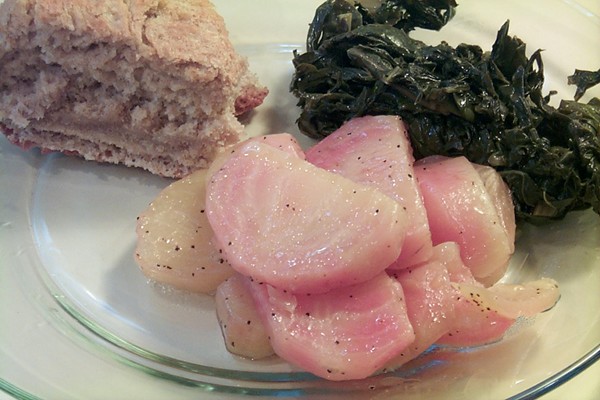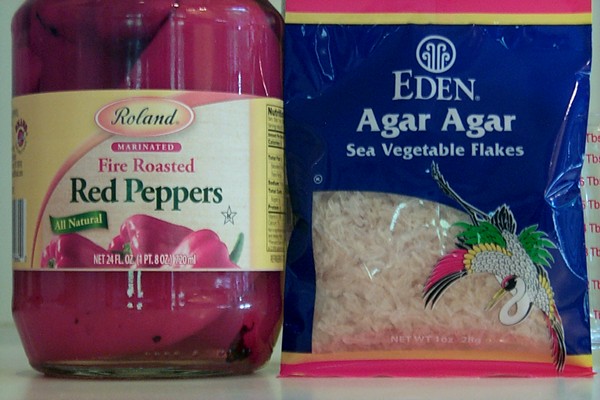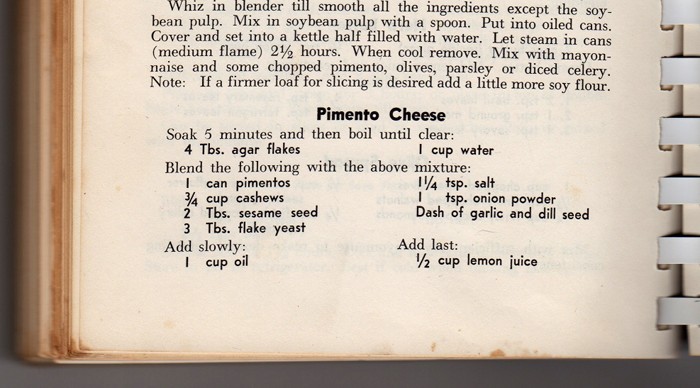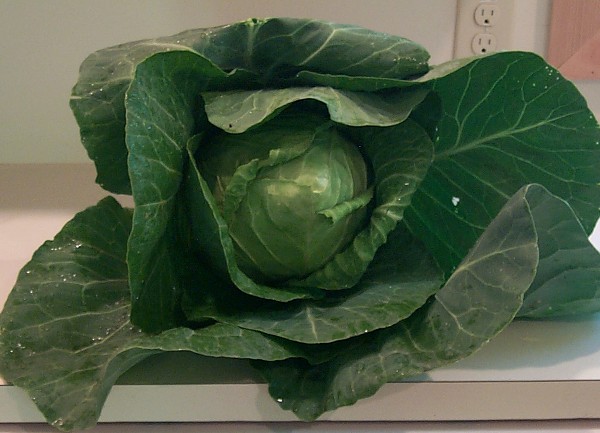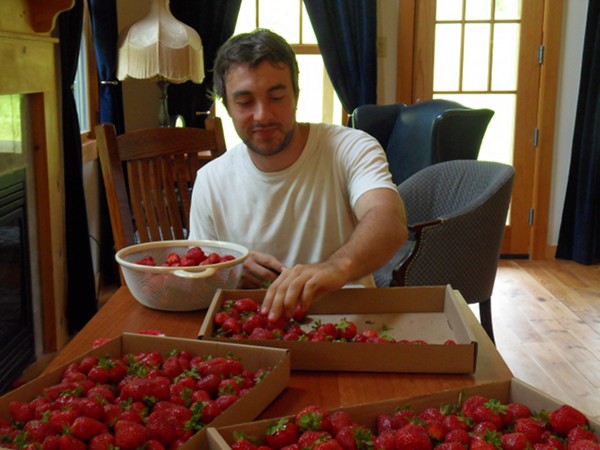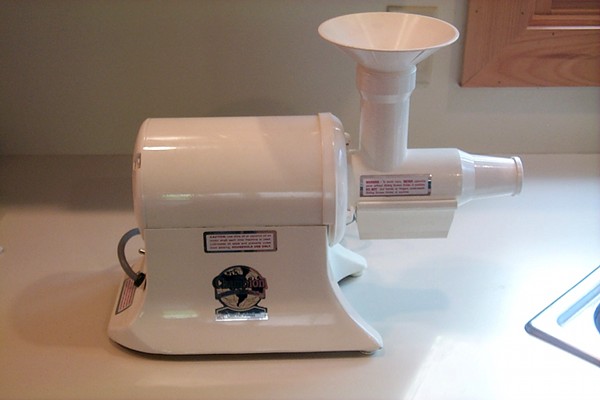I sent this photograph of my whole wheat French bread to a friend, and he said it made his teeth hurt just looking at the pictures. To my taste, however, the crust was excellent and not tough at all.
For some time, I’d been planning to do the research and development necessary to upgrade the abbey’s rustic loaves to something with a more exciting crust. The gold standard for bread crust, of course, is French bread. On a recent trip to Asheville, I bought a perforated French bread pan made by Chicago Metallic. That was the first step. The second step was to do some research on how to shape French bread loaves and get the crust right.
Though I knead my bread dough in unbleached flour, I use 100 percent whole wheat flour (King Arthur), to make the dough. The dough for my rustic loaves is really just the same as classic French bread — nothing but flour, water, yeast, a bit of sugar to feed the yeast, and salt. No change was needed in the dough. To get a proper French bread crust, I made these changes in my bread-making process:
— I don’t use a coating of oil to keep the dough from drying out while rising. Instead, I let the dough sit on a dusting of flour in a well-covered bowl.
— I give the bread two risings rather than rushing it with only one.
— From Googling and YouTube videos, I figured out the technique for shaping and slashing the loaves.
— I use a spray bottle to mist the loaves with water before they rise and again before I put them in the oven.
— I throw a little water in the oven to create steam for the first 10 minutes of baking.
These methods are simple. It’s easy, really, to make French bread in the home kitchen. The crust was delicious. The perforated bread pans really do work, and the bread did not stick to the pan, even though I used no oil. Though all the dough recipes I came across mix quite a lot of unbleached flour into whole wheat loaves, I’m not tempted to do that.
These French loaves will become the new version of the everyday abbey bread.

